Last Chance to Catch NYC's Holiday Notalgia Train
We met the voices of the NYC subway on our nostalgia ride this weekend!


Huntington in Suffolk County is one of Long island’s trendiest and most diverse downtowns, featuring a few dozen restaurants and shops as well as historic and natural sites. Huntington’s downtown is located in the larger town of Huntington, which also includes Cold Spring Harbor, Northport, and Lloyd Harbor. Huntington is the eastern terminus of the Gold Coast mansions of Long Island’s North Shore, and a few of these exquisite homes still exist today. Huntington is also a destination for art lovers, antique collectors, and concertgoers. Here is our guide to the top 10 places to discover in Huntington.
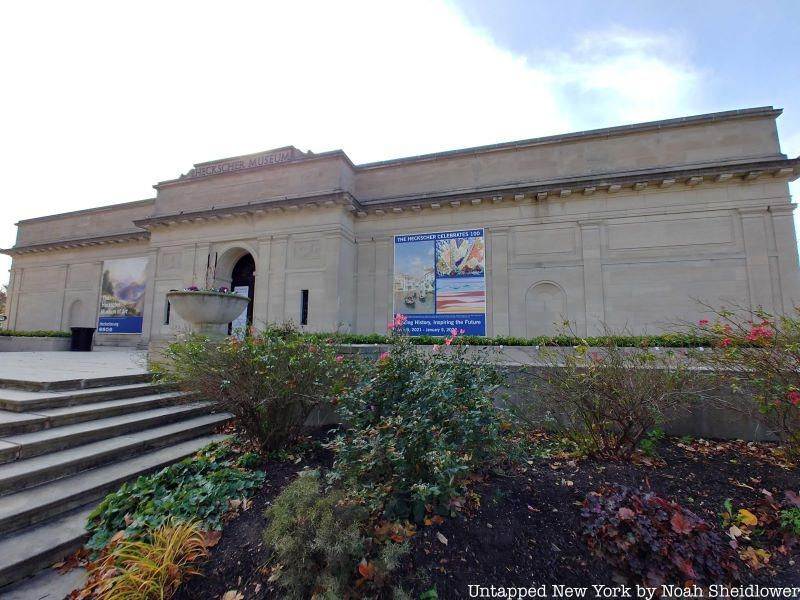
Heckscher Park off of Main Street is one of Huntington’s most popular nature spots, known for its large pond, winding paths, and photogenic stone bridges. The park has hosted tulip festivals, art festivals, and concerts at the Chapin Rainbow Theater. The park was a gift of industrialist August Heckscher, who gained immense wealth from zinc mining. Heckscher’s foundation for children also created playgrounds in lower Manhattan and in Central Park.
The Heckscher Museum of Art was formed after Heckscher donated 185 artworks to the Beaux-Arts building. The museum features hundreds of landscapes and paintings by local Long Island artists, as well as works by painters such as Thomas Eakins, Winslow Homer, and Frederic Church. The museum, which also includes a notable photography exhibition, contains “Eclipse of the Sun” by German artist George Grosz,
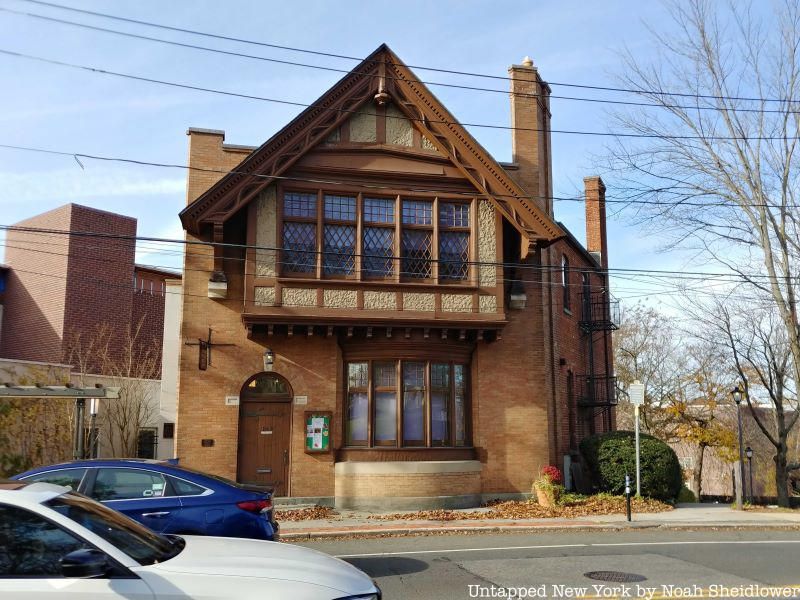
The current location of the Huntington Historical Society is the Trade School Building, constructed in 1905. The unusually shaped building was designed by Cady, Berg and See, who also designed the Metropolitan Opera House and The American Museum of Natural History. The building was erected for the Sewing & Trade School, one of the country’s first vocational schools. The school, which originally started as a sewing institution, later shifted to manual trades, English, math, and cooking.
Today, the Huntington Historical Society preserves the ongoing heritage of the Town of Huntington, which contains the hamlet of Huntington. The society also operates the Kissam House, which was built in 1795 and contains a large costume collection; the Conklin House, which was built around 1750 and features an original 1830 barn; and the Soldiers and Sailors Memorial Building, which now houses the History and Decorative Arts Museum.
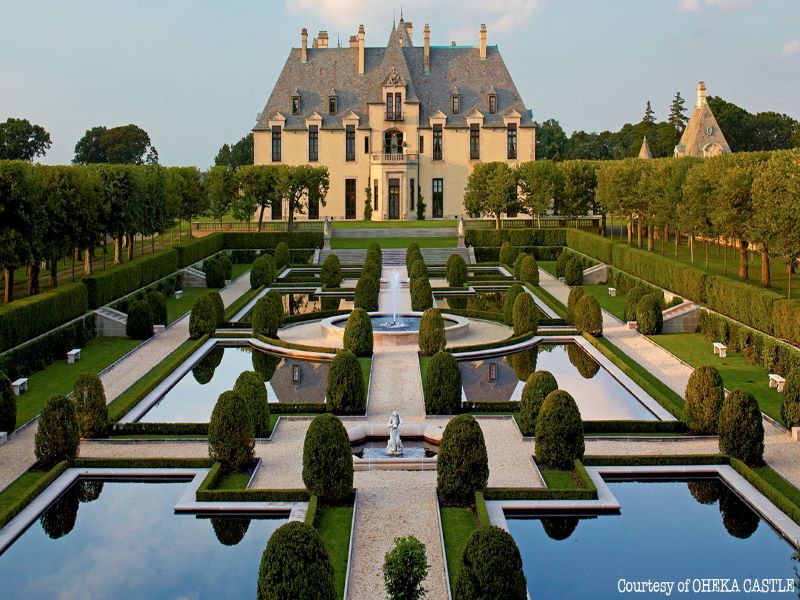
Oheka Castle is an extensive chateau in West Hills, just a short drive from downtown Huntington. Commissioned in 1917 by Otto Hermann Kahn, the home was built as a collaboration between Delano & Aldrich and landscape architects Beatrix Farrand, John Charles Olmsted, and Frederick Law Olmsted, Jr. Kahn passed away in 1934, after which his family sold the French-style chateau to the Welfare Fund of Sanitation Workers. It was abandoned in 1979 after serving as a retirement home for sanitation workers, a radio operator’s school for the Merchant Marines, and a home for the Eastern Military Academy, Today, the castle operates as an event venue and rents out hotel rooms.
Oheka is the second-largest private home in America after the Biltmore estate in North Carolina built by George Vanderbilt. In the two years it took to build Oheka Castle, architects also built a large hill on which the castle would stand, making Oheka Castle the highest point on Long Island at the time. Inside the exquisite mansion, which hosted many roaring twenties parties, there once was a secret tunnel in one of the bookcases in the library.
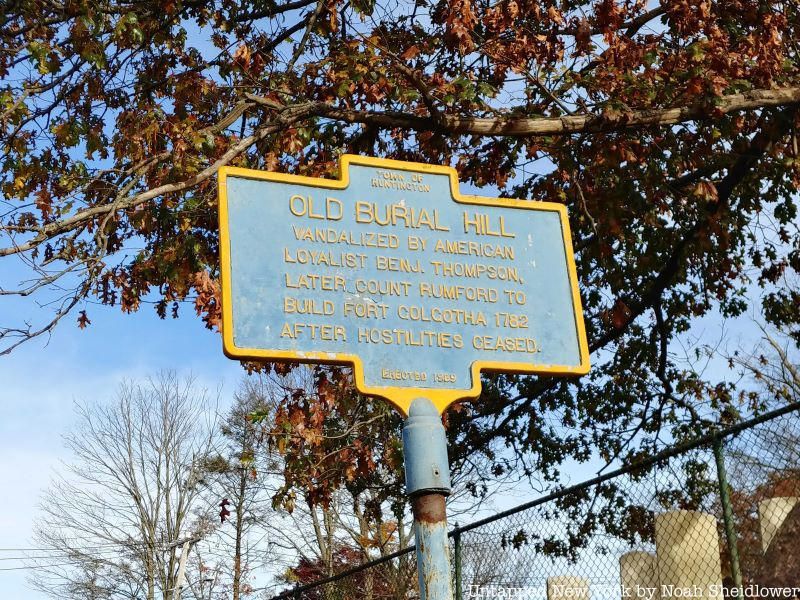
The Old Burying Ground off Main Street is rooted in the American Revolution, which contained Fort Golgotha. The fort was constructed by British troops on the orders of Colonel Benjamin Thompson in 1782 and was joined by a handful of other forts around Huntington, including Fort Slongo (now known as Fort Salonga) and Fort Franklin by Lloyd Neck. The fort was dismantled a year later after British troops retreated, and the burial grounds were restored.
The burial ground itself was established soon after the town’s 1653 founding; the first headstone dates to about 1712. The cemetery was most active in the first half of the 19th century. Many graves, made of slate and sandstone originally, bear the names of the town’s founders, including Sammis, Ketchum, and Conklin. The last person was buried in 1957, but many old gravestones in the four-acre cemetery still maintain many original details.
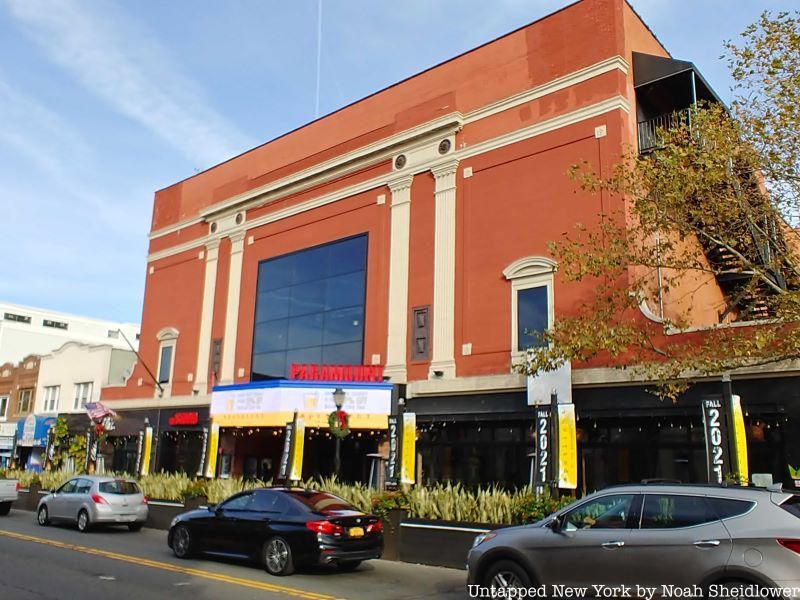
The Paramount is one of the most well-known venues on Long Island, open since late 2011. The two-level concert hall on New York Avenue is located right by some of Huntington’s highest-rated eateries, including Honu, Oaxaca Restaurant, and Skorpio’s. Pre-pandemic, the Paramount hosted over 200 events per year, including concerts, comedy showcases, boxing events, and other special events. In addition to a large dance floor and an indoor 1,573-seat venue, the Paramount hosts a radio studio inside the facility in partnership with Connoisseur Media Long Island.
Top artists who have taken the Paramount’s stage include Billy Joel, Ed Sheeran, Willie Nelson, B.B. King, Steely Dan, John Fogerty, and dozens more Grammy-award winning entertainers. Names such as Kevin Hart, Whoopi Goldberg, Joan Rivers, and Weird Al Yankovic have appeared at the Paramount’s Comedy Series. In addition to many successful cover bands, the Paramount has hosted nationally televised bouts as part of its “Rockin’ Fights” Series.
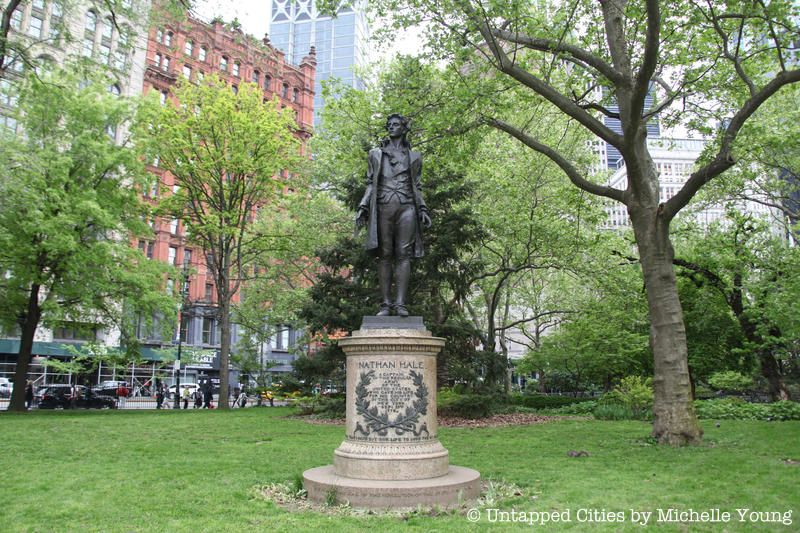
During the Revolutionary War, American forces were defeated at the Battle of Long Island when George Washington and his army fled to Manhattan at night under cover of fog. The British army took control of Long Island and remained there for the next few years. This included strongholds in Huntington, as well as other parts of Suffolk County, including Setauket. But during this occupation, Patriot Nathan Hale, who was a spy for the Continental Army, started to gather intelligence on British forces in Huntington Bay. Hale planned to disguise himself as a Dutch teacher looking for work, but he also carried his real Yale diploma with him. Hale was later captured by the British and executed, perhaps found near Huntington.
The Nathan Hale Monument honors his contributions to the war effort. Soon after a statue of Nathan Hale was unveiled in Manhattan’s City Hall Park on Evacuation Day, 1893, residents of Huntington tried to erect their own monument. Stanford White created a design and pledged $400 for the project. The memorial was unveiled on July 4, 1894. Both a statue on Main Street and a rock nearby honor the Revolutionary War hero. Additionally, during the American Revolution, Huntington adopted a “Declaration of Rights” stating that “every freeman’s property is absolutely his own.”
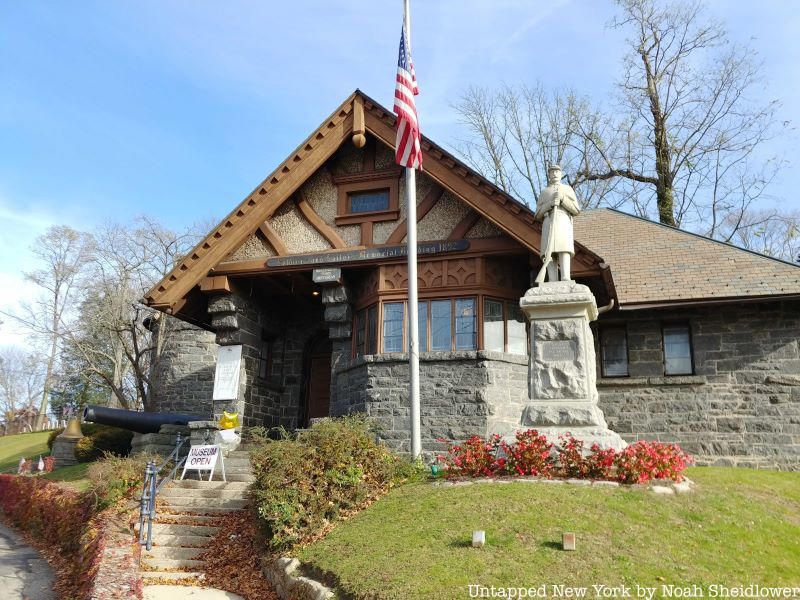
Huntington’s Main Street is a mix of old and new, with some century-old buildings as well as newer projects. At the corner of Main Street and New York Avenue are the remains of a brick house built by Hiram Baylis, who operated a major store in the area in the late 1800s. A fire along Main Street in 1888 destroyed a significant number of buildings, and the Brush brothers built a still-standing structure along Main Street. The O.S. Sammis Building was built in 1884 at the northwest corner of Main Street and New York Avenue, where from 1885 to 1905, Jephtha Masonic Lodge met on the third floor.
At 307 Main Street is the Romano building that was built in 1909, and scattered along Main Street are other century-old buildings that housed successful tenants in the early 1900s, some of whom were annoyed by an annual bobsled race held on Main Street. Additionally, a plaque commemorates a 1913 women’s suffrage rally led by activists Rosalie Jones and Edna Buckman Kearns at Main and Wall Streets.
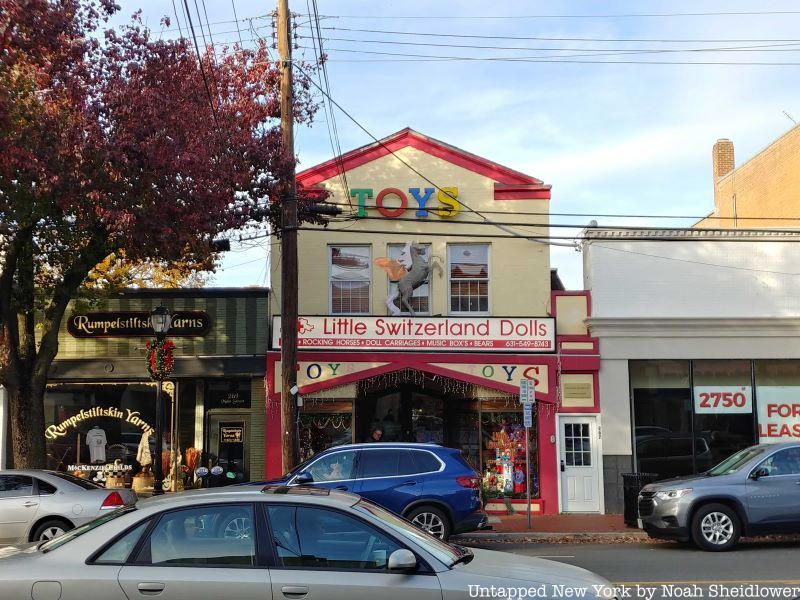
Today, Main Street is the center of Huntington’s downtown. Some notable businesses include Little Switzerland Dolls, Rumpelstiltskin Yarns, Birkenstock Depot, and Lacrosse Unlimited. Highly rated restaurants along Main Street include Ravagh Persian Grill, Hatch, IMC Restaurant & Bar, and Munday’s.
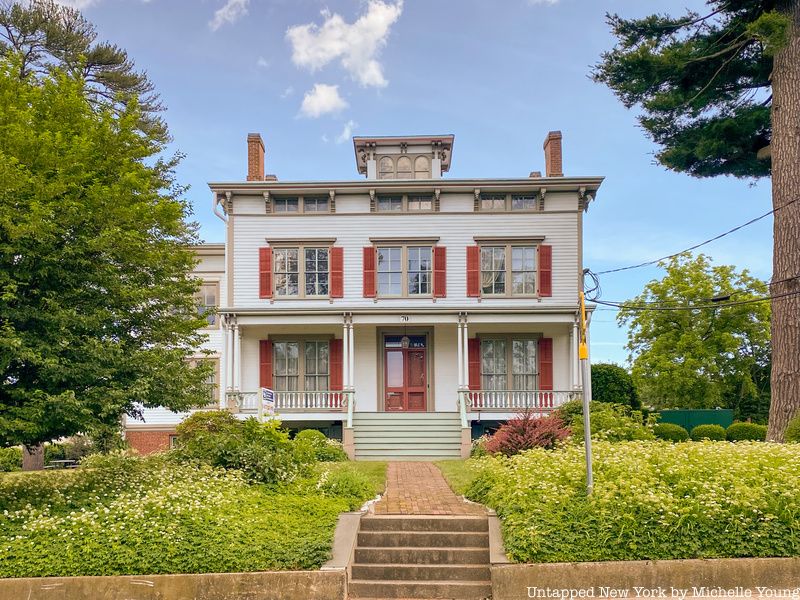
The Old Town Green Historic District, which includes the Old Burying Ground, consists of 14 contributing buildings and the Huntington town green. A rock in the town green signifies the spot where a blockhouse stood for “protection from the Indians” and where early town meetings were held. The district is located at Park Avenue and contains the Constitution Oak, which was dedicated on the 200th anniversary of New York’s ratification of the US Constitution on July 26, 1788. President Washington dined at Platt’s Tavern, which does not stand today, on April 23, 1790.
Located in the district is the Charles Woodhull House on 70 West Main Street, built in 1870 as a 2.5-story residence with a low gable roof and brick foundation. The district also houses the Dr. Daniel Kissam House Museum, first occupied by a namesake physician from Oyster Bay. Also on Park Avenue (but not necessarily in the historic district) is the Bethel AME Church and Manse, the Isaac Losee House dating back to 1750, and the Wiggins-Rolph House.
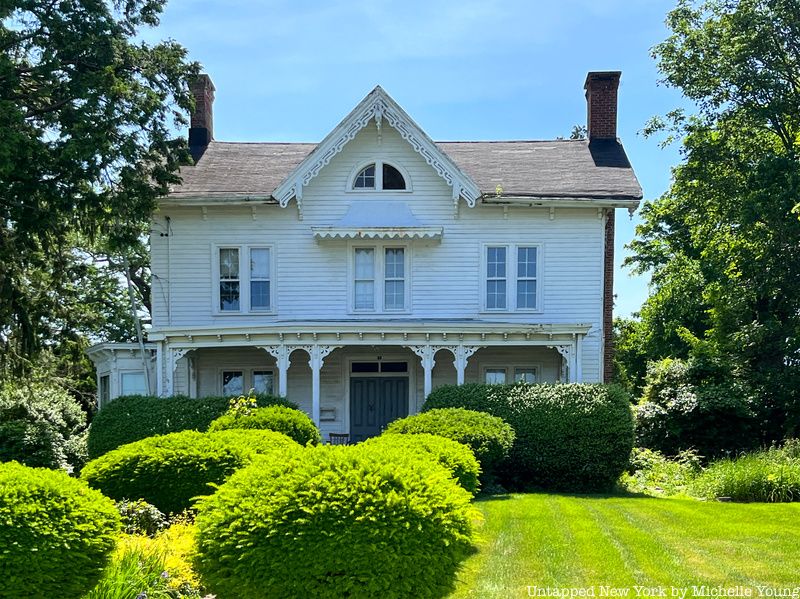
The West Neck Road Historic District consists of 26 buildings with many residences dating to the 18th through 20th centuries. The district is located along West Neck Road, which connects Huntington with Lloyd Harbor. Perhaps the oldest structure in the district is the Week House, dating back to 1750, as well as three early 19th century homes: the Ketchum House, Douglas Conklin House, and Conklin House. The Conklin House was one of the first museums on Long Island, named for David Conklin, a British prisoner.
West Neck Road also includes Elm Cottage, one of the first Gothic Revival structures in Huntington. Most of the residences were constructed between 1860 and 1900, generally with asymmetrical plans and some in the Victorian style. Most feature bay windows, wraparound porches, and other picturesque architectural details.
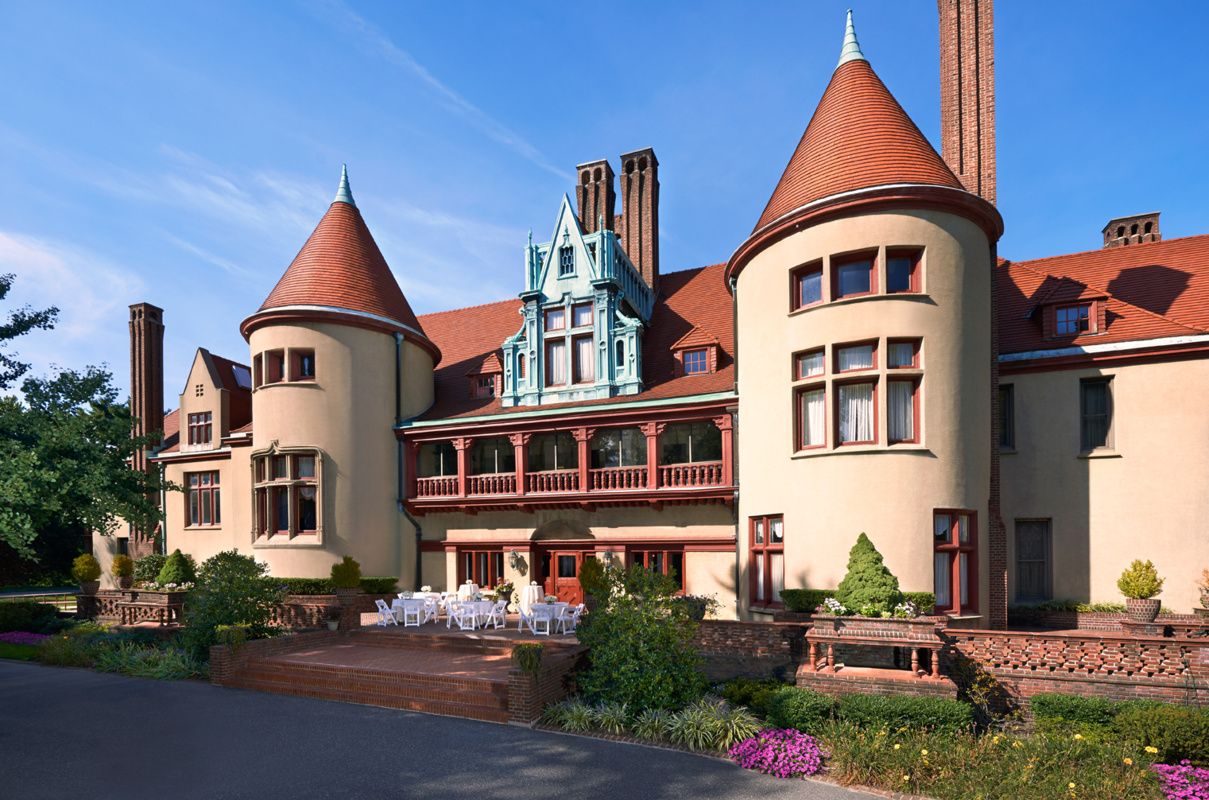
Coindre Hall, also known as West Neck Farm, is a 40-room mansion inspired by a medieval French château. The 1912 home was constructed for pharmaceutical magnate George McKesson Brown and was designed by Parisian architect Clarence Luce. Brown was also a Huntington Fire Commissioner for 29 years, and he lived in the mansion until he sold it in 1939. Coindre Hall then became a Christian boarding school and was renamed in honor of Father André Coindre, the founder of the Brothers of the Sacred Heart. Since 1973, Coindre Hall Park has been administered by the Suffolk County Department of Parks, Recreation & Conservation.
With Medieval turrets and views of the harbor, Coindre Hall is one of the easternmost mansions of the historic Gold Coast, which stretched to the Geissler Estate in nearby Fort Salonga. Coindre Hall is also located near the former Marshall Field III estate in Caumsett State Historic Park Preserve.
Next, check out 10 beautiful places to discover in Suffolk County!
Subscribe to our newsletter